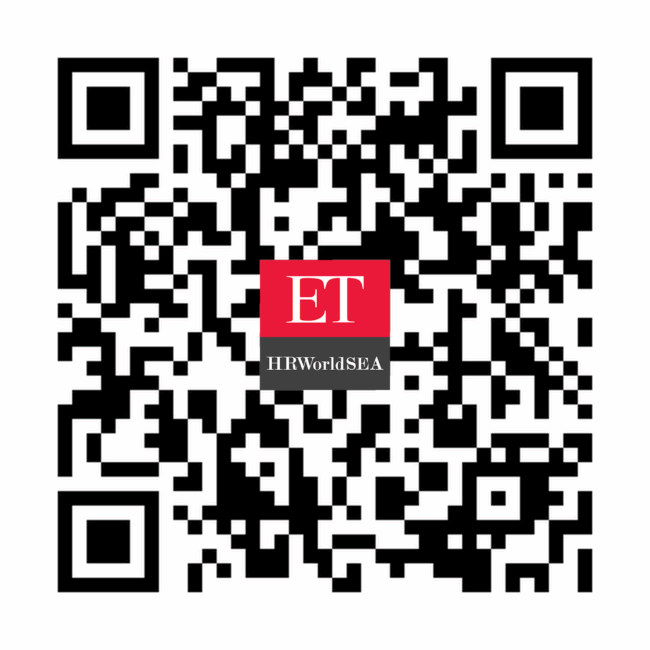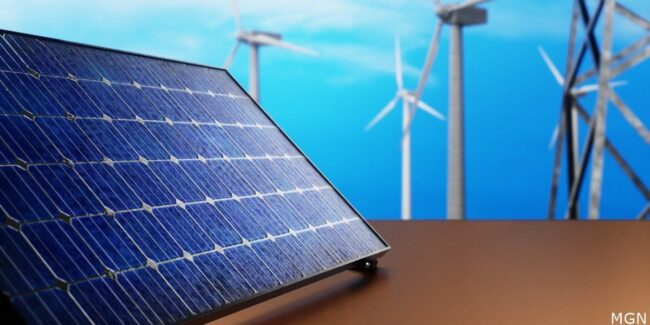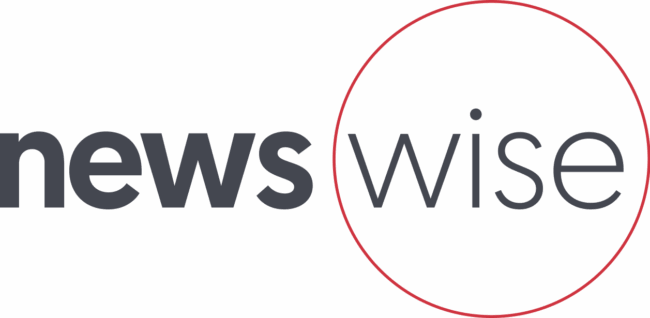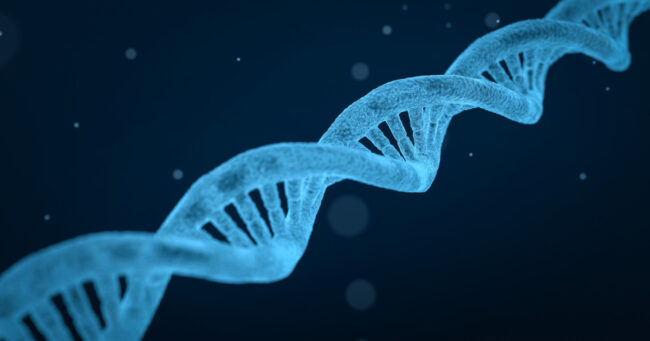EPA’s Formaldehyde U-Turn Sparks Battle Over Science and Safety
… EPA assessment.
‘Science First’ or Political … innovation.
“Sound, transparent science-driven approaches are vital in … Americans lack trust in science. When regulatory decisions are … discourage domestic innovation. A science-first, risk-based approach …









